
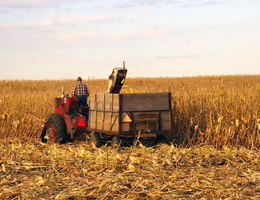
Like everything else in the beef industry, post World War II technology changed cattle feeding. Bigger tractors, fertilizers, herbicides, and advances in genetics meant that farmers could grow more corn. Mechanical corn-pickers replaced handpicked and husked corn, so fewer growers could produce more and more corn.
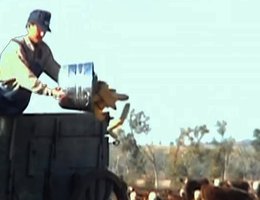
Feeding operations changed, too. Men in the back of a wagon used to shovel cracked corn into feed troughs. They were replaced with wagons and trucks that delivered exact amounts into longer feed bunks. This allowed one person to feed large numbers of cattle in a very short period of time. With these changes, the small, farm-scale feeding operations caring for hundreds of cattle dropped, and large feedlots, feeding thousands of cattle, grew.
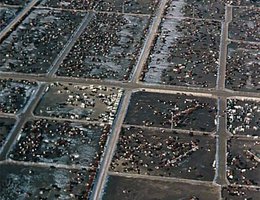
With these changes, the small, farm-scale feeding operations caring for hundreds of cattle declined, and large feedlots, feeding thousands of cattle, grew.
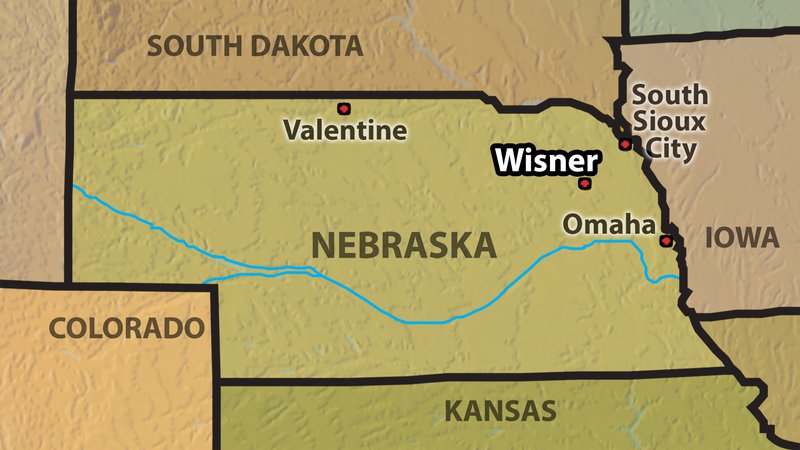
Perhaps the most famous feedlot owner in Nebraska was Louis Dinklage, the child of German immigrants in northeast Nebraska. Dinklage is credited with starting the Nebraska cattle feeding industry in the 1920s, with just 3,000 head near Wisner, Nebraska. He knew the area’s qualities for feeding cattle: a dry region with more than enough food sources and water. By the late 1960s, Dinklage was considered to have the largest feedlot operation in the country. It could hold 170,000 head at one time. At the beginning of the 21st century, the Dinklage operation in Western Nebraska included feedlots at Sidney, Mitchell, Minatare, Broadwater, and Alliance, as well as one in Torrington, Wyoming.
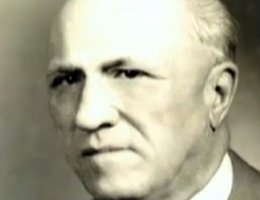
Dinklage was famous for his open heart and even more open pocket. There were many people who told stories about getting a loan from him with just a handshake as collateral. Dinklage and his wife Abbey built a park, a ballfield, and helped to build a church, an athletic field, a school, and the Cuming County Fairgrounds in Wisner. Before his death in 1984, he set up a trust that continues to fund millions of dollars to new projects every year.
A foreman at the Dinklage Feedlot near Wisner and later a feedlot owner himself, Bill Holland thought Dinklage was a genius at cattle feeding, and crucial in making Cuming County one of the premier cattle-feeding counties in the nation. "He was the first to feed a lot of protein," Holland said. "Protein brought out more of the muscling and red meat before the cattle got too wastey with too much fat."